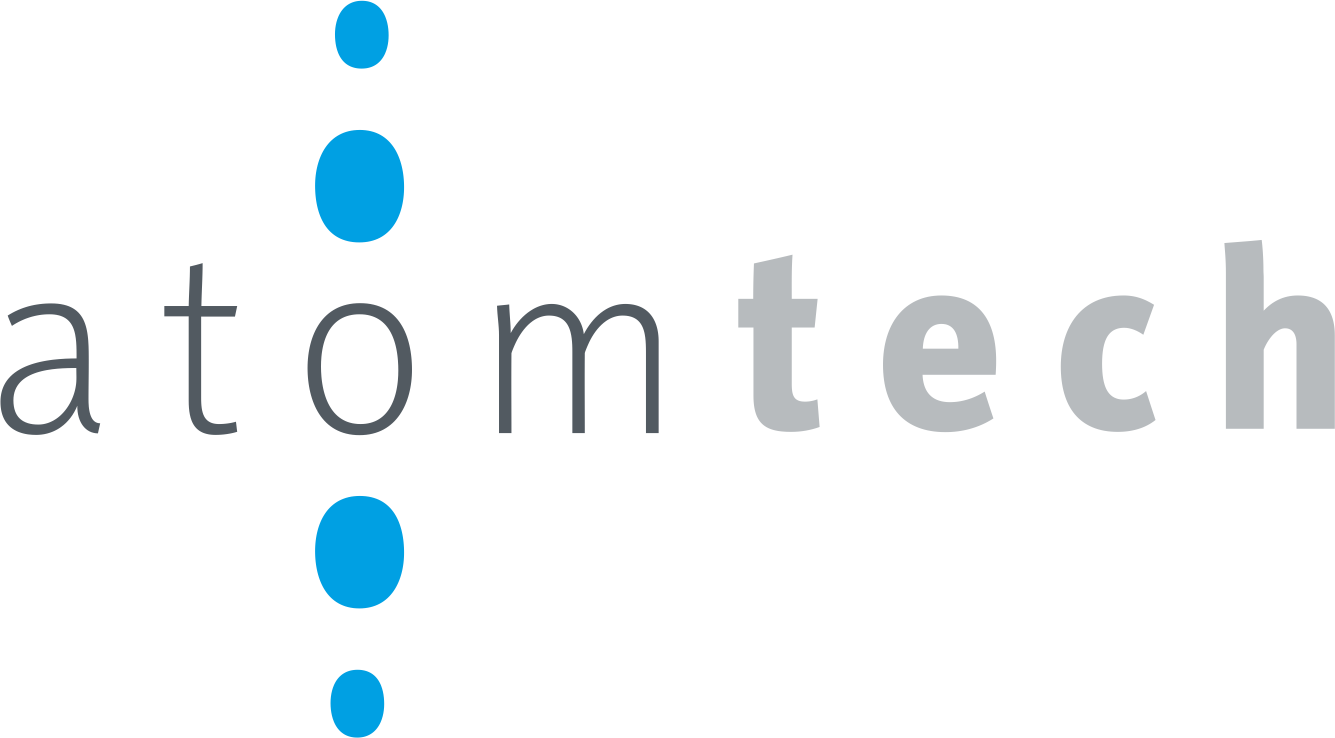Lenght: 3 days
Overview
During training participants will get familiar with the software for:
●applications and servers monitoring using Prometheus, Thanos and Prometheus exporters
●logs aggregation using Grafana Loki and Promtail
●visualizing metrics using Grafana
This is a „Learn by example” course.
The main purpose is to demonstrate how to install and configure Prometheus, Grafana, Loki
and Thanos on Debian Linux systems and Kubernetes clusters.
Each participant will get access to the infrastructure in the public cloud on which the exercises
are performed.
Audience
This course is appropriate for:
-Network, Systems and Database Administrators
-Infrastructure Monitoring Specialists
-IT Platform Specialists
-DevOps Technicians
-Enthusiasts wanting a better understanding and better visibility of their networks in the home or office
-Someone who is curious and wants a good understanding of what Grafana and Prometheus do and what they’re good at.
Requirements or prerequisites
-Basic Linux experience,
-Basic Docker experience,
-All commands entered during the lectures are provided in the corresponding resources
Agenda
1st day:
1.Introduction to Prometheus system:
Prometheus installation on server,
Starting Prometheus as a service in Linux.
2.Introduction to Prometheus config:
Getting to know the Prometheus control panel,
Installing node-exporters on servers in the public cloud to collect metrics from these servers.
3.Prometheus and PromQL:
Introduction to PromQL,
Regular expressions in PromQL,
PromQL data types,
Advanced PromQL queries.
4.Creating custom metrics from complicated queries and save them as Recording Rules.
5.Prometheus alerts:
Introduction to Prometheus alerting,
Creating Alerting rules,
Alert Manager installation,
Configuring Alert Manager to send alerts from Prometheus.
6.Configuring Prometheus to collect metrics from devices by SNMP
7.Monitoring SSL certificates by using node-cert-exporter
8.Monitoring endpoints over HTTP, HTTPS, TCP, ICMP by using blackbox-exporter
9.Thanos:
Introduction to Thanos,
Explaining Thanos for Prometheus user,,
Setup Thanos in HA mode (ang. High Availability).
2nd day:
1.Introduction to Grafana
2.Installing Grafana on server in public cloud
3.Exploring the Graph, Stat, Gauge, Bar Gauge, Table and Logs Panels
4.Creating many different types of Data Sources:
MySQL,
Prometheus
Zabbix
ElasticSearch
5.Experimenting with community created dashboards plus experimenting with our own
6.Introduction to Loki and Promtail:
Installing Loki,
Creating Loki Data Source in Grafana
Installing Promtail,
configuring Promtail to read Nginx logs.
3rd day:
1.Use Annotation Queries to link Logs Panels and Graph Panel
2.Use Dashboard Variables to create Dynamic Dashboards with Automatic Visualization Placement
3.Setup Grafana alerts
4.Grafana backups methods
5.Users management in Grafana
6.Kubernetes Monitoring with Prometheus:
Custom application monitoring,
Creating dashboards for custom application,
Displaying custom application logs in Grafana.
Requirements or prerequisites
1.Laptop with one of following operating systems:
Windows 10
MacOS
Linux e.g.. Ubuntu
2.OpenSSH client installed in the operating system
3.Each participant will use infrastructure in a public cloud
4.Make sure that participants will be able to connect to the public
cloud from the corporate network using the protocols: SSH, HTTP and
HTTPS
